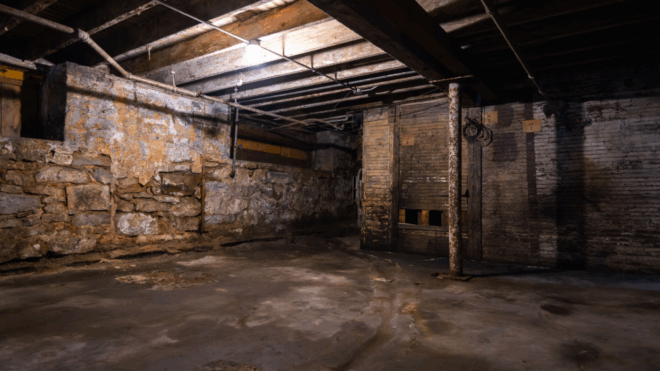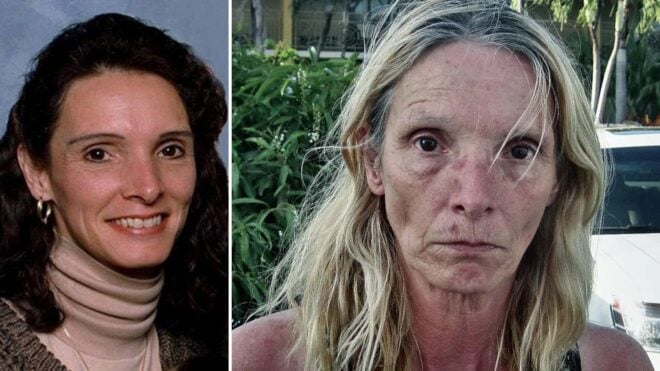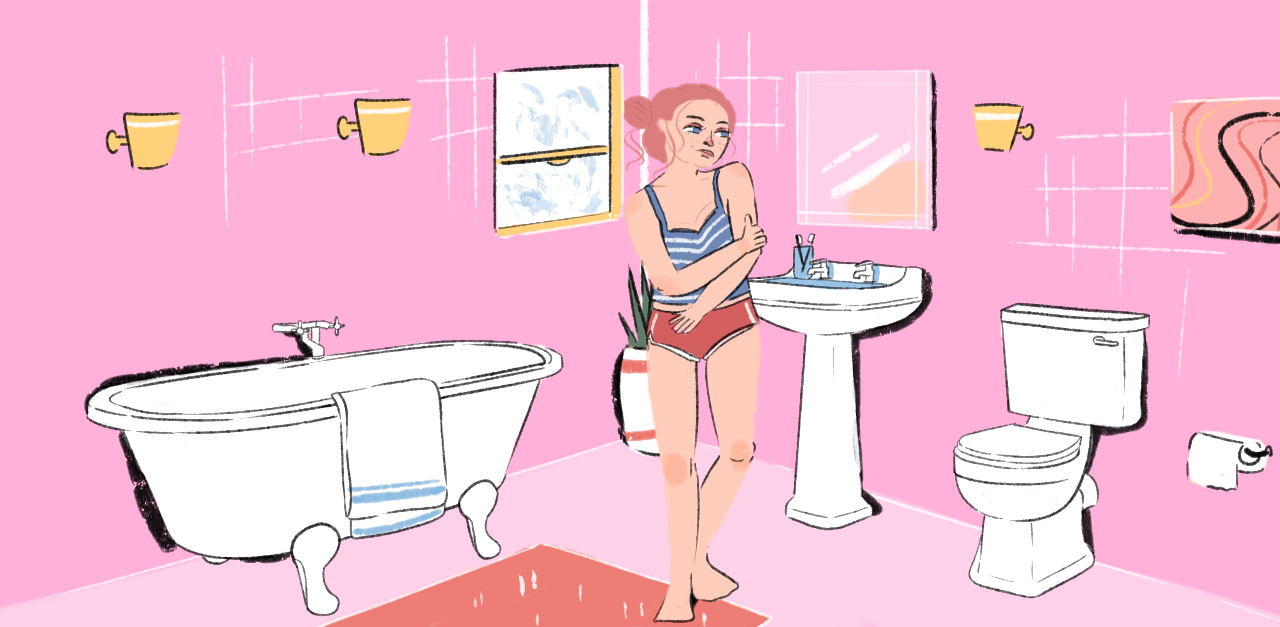
Is there anything worse than finding a huge bump on your face right before a big event? No, I didn't think so.
It doesn't matter if it's a pimple, a blackhead, or a cold sore — these skin bumps are annoying, to say the least. Upon noticing these awful bumps, most people head to the nearest bathroom for a bit of DIY dermatology. Almost everyone "pops" these frustrating blemishes from time to time, but it can actually be really bad for your skin.
Although it sometimes seems like a good idea to get rid of these lumps on your own, you shouldn't. Put down the tweezers, pull your hands away from your face, and step away from the mirror; your skin will thank you for it later.
Unless you're a professional, you shouldn't try to deal with skin bumps on your own. Read on to find out more about which skin bumps you should never, ever pop.
What Kinds of Skin Bumps Are There?
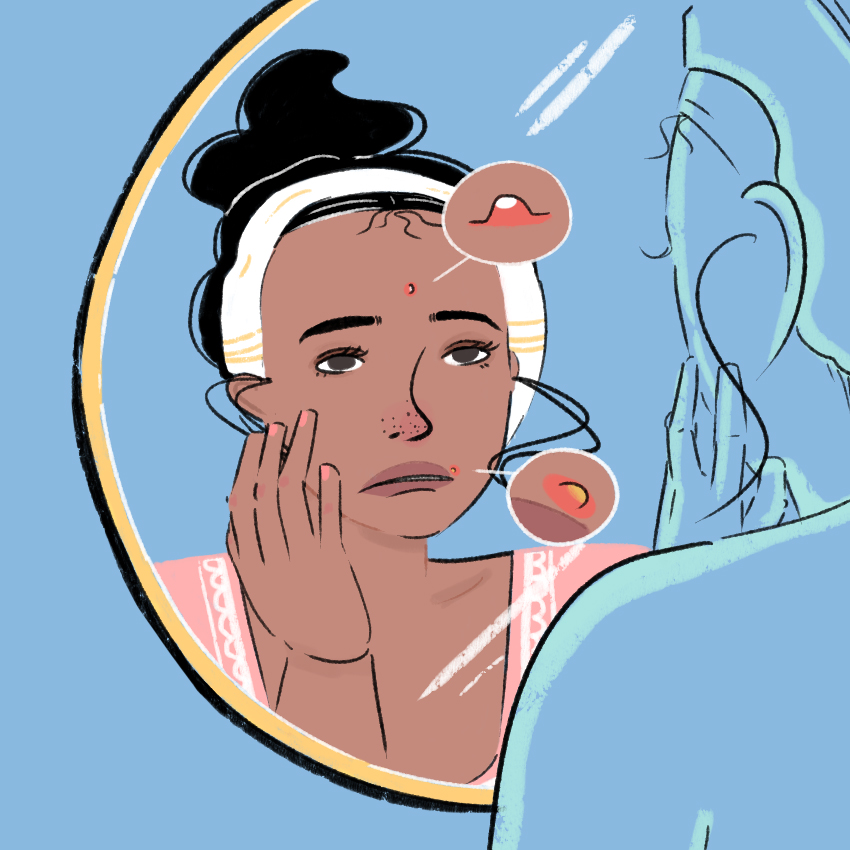
There are so many types of skin bumps out there. Some are acne-related, like whiteheads, blackheads, and cystic acne pimples. Others are not acne-related, like "chicken skin," cold sores, and milia.
Skin Bumps You Should Never Pop

Although all of these bumps are different, they have one thing in common: You shouldn't try to pop them.
Learn more about various skin bumps and lumps below.
1. Keratosis Pilaris
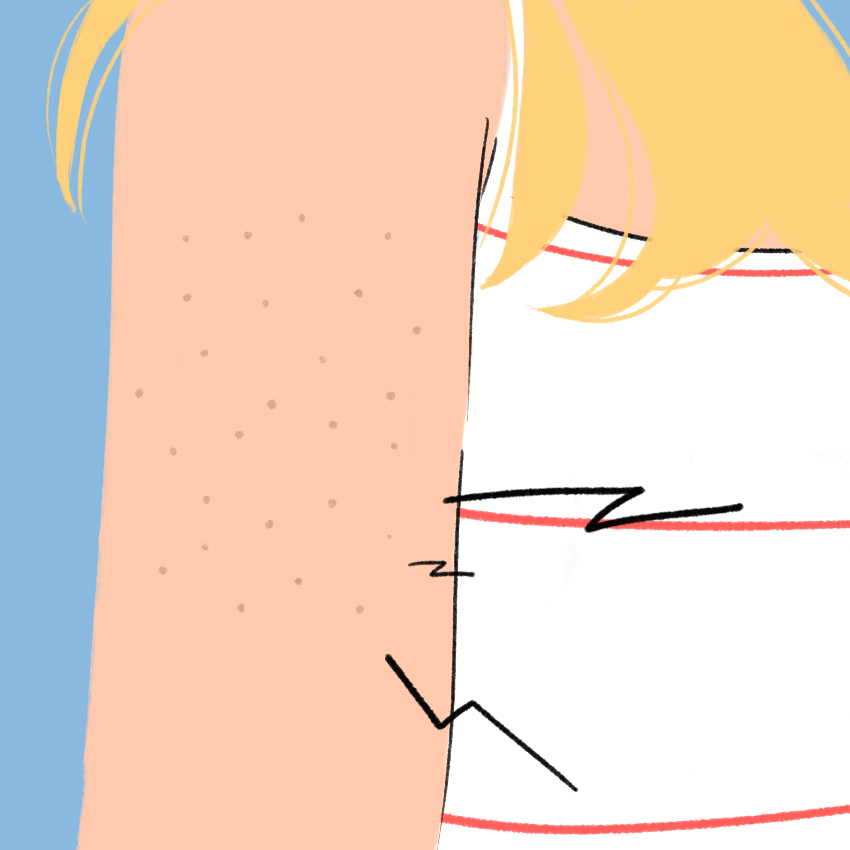
Keratosis pilaris, also known as "chicken skin," is a common skin condition in which tiny bumps appear on the skin. According to the American Academy of Dermatology, "These rough-feeling bumps are actually plugs of dead skin cells. The plugs appear most often on the upper arms and thighs (front)."
People often mistake these bumps for pimples, but they're caused by keratin, and they're totally harmless. If the dry, rough patches of skin (which sometimes feel sandpaper-like) become bothersome, contact your doctor, who can easily treat keratosis pilaris.
2. Milia
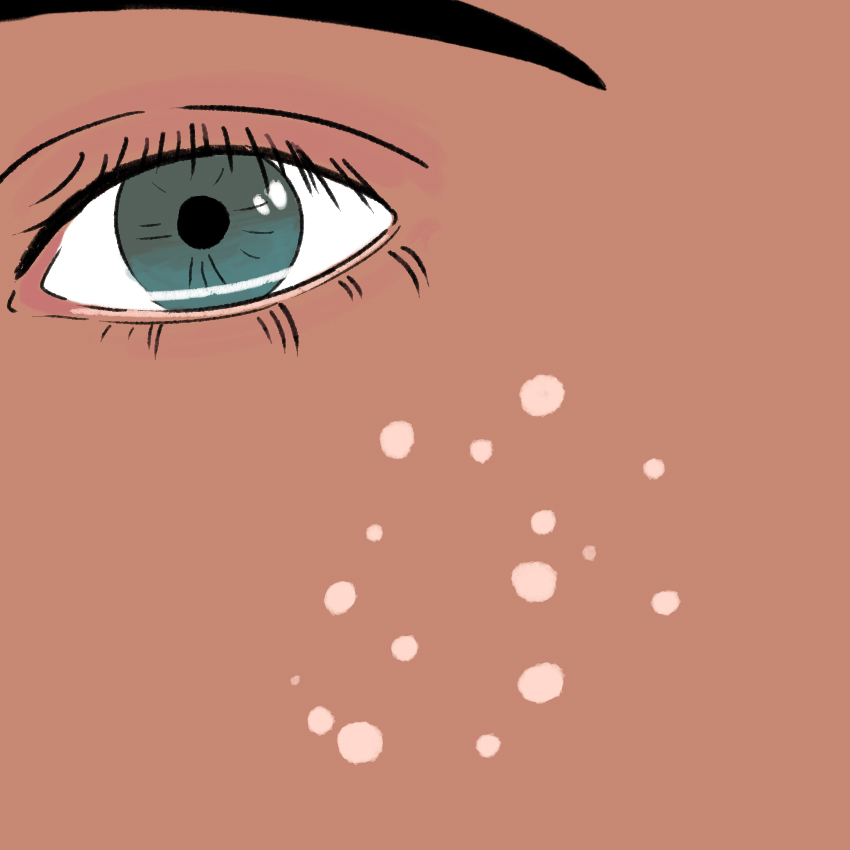
Milia are another kind of bump not related to acne. These bumps are typically tiny and white, and they often affect babies. According to the Mayo Clinic, "Milia develop when tiny skin flakes become trapped in small pockets near the surface of the skin."
Milia usually disappear on their own within weeks or months, so trying to "pop" them can just irritate the skin and cause more problems.
3. Cold Sores
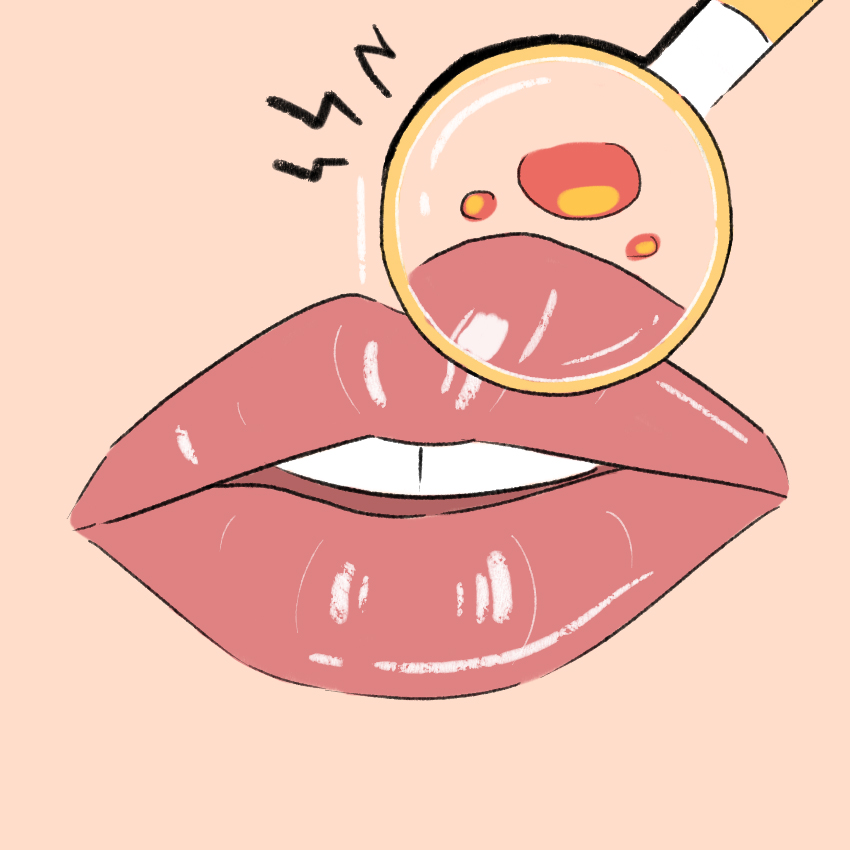
Cold sores, which are small blisters that form around the lips, can be uncomfortable and unsightly. Cold sores are caused by the herpes simplex virus, which infects more than half the population of the US by the time they're in their 20s.
Cold sores have many available home treatments, but popping them is not recommended. Because the sores are fluid-filled blisters, some people think they should release the fluid, but that's not the case. Instead, try using over-the-counter ointments and applying cool compresses.
4. Lipomas
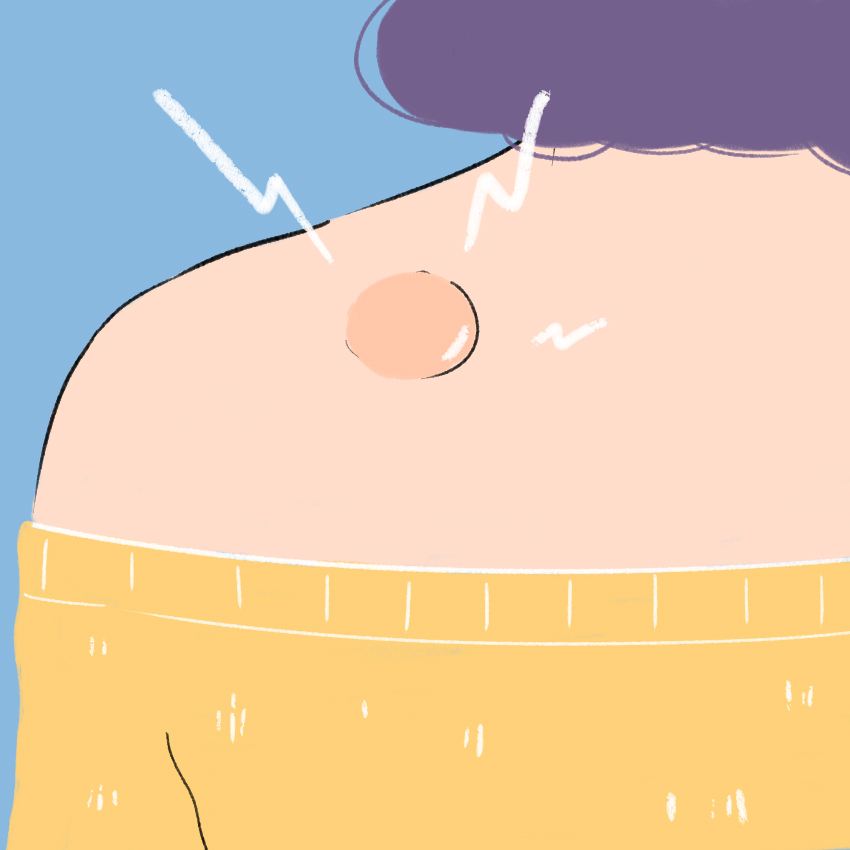
Lipomas, which are fatty lumps, grow between the muscle and skin. Since they grow slowly, they are usually found around middle age. Lipomas are generally harmless, but many people don't like the appearance of them. Since these bumps are located under the skin layer, they're far too deep to be "popped." If you are bothered about a lipoma, you should see a doctor about having it professionally removed.
5. Ingrown Hairs

Ingrown hairs occur when a hair gets trapped under the skin and causes irritation and inflammation. When the hair gets trapped or reenters the skin, the skin reacts to the hair as if it were a foreign body and tries to fight it. Often, ingrown hairs become red and fill with pus.
Because these look like pimples, people assume they should try to pop them — but this can cause even more problems. The best thing to do is let the ingrown hair just grow out on its own. If you feel like you absolutely need to do something about your ingrown hair, gently wash the area with a washcloth, then use a sterile needle to remove the embedded tip of the hair from the skin.
6. Whiteheads

Whiteheads are the types of acne most people feel inclined to pop — and it always seems fine to squeeze out the contents and get on with your life. Unfortunately, whiteheads contain acne bacteria, and when you squeeze the blemish, all the bacteria is released on your face. This can spread the bacteria to other places on your skin.
The best thing to do is just leave the whitehead alone, but if you have to do something, try using a spot treatment.
7. Cystic Acne Pimples

Cystic acne occurs so deep under the skin that it's nearly impossible to successfully "pop" the blemishes. These bumps are usually red and tender, but because the cysts are so far beneath the skin, trying to extract them just leaves you with an even more inflamed (and sometimes bloody) bump. Picking at cystic acne pimples can also lead to serious scarring. If you have cystic acne, a prescription medication might be the right answer for you, so meet with a doctor to discuss your options.
8. Blackheads
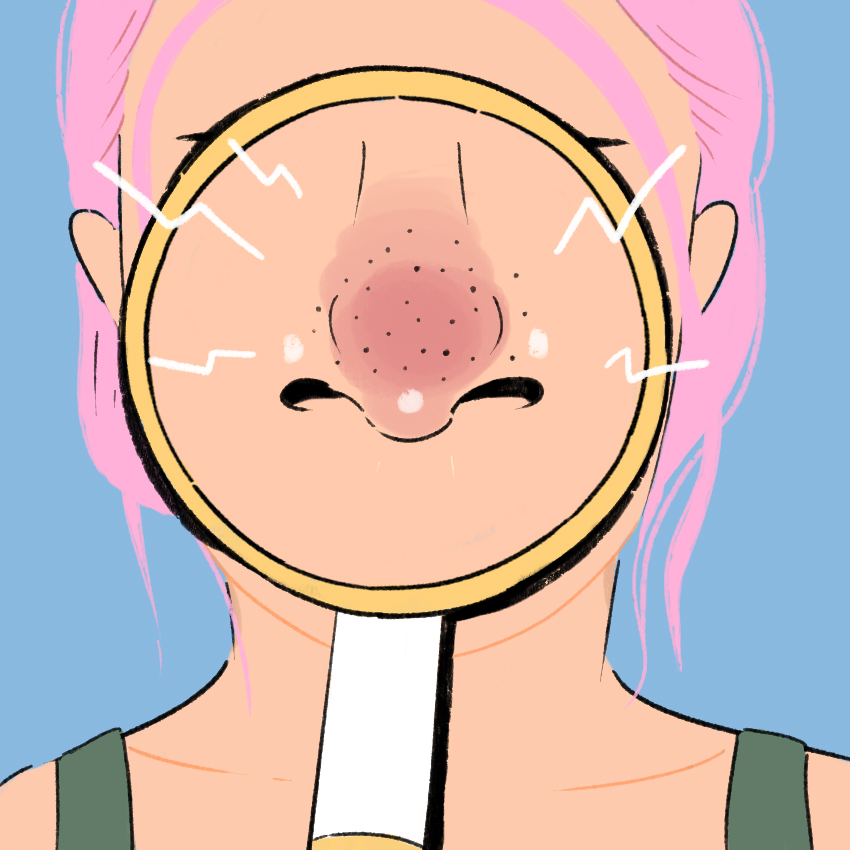
Blackheads — pores that are clogged with oil and exposed to air — seem like they're just begging to be squeezed out of the skin. Like whiteheads, though, they're full of bacteria. Squeezing blackheads can push the bacteria deeper into your skin, causing more significant problems.
Instead of trying to remove blackheads from your skin manually, use over-the-counter products that contain retinol and salicylic acid to prevent dead skin cells from clogging your pores.
Why You Shouldn't Pop Skin Bumps
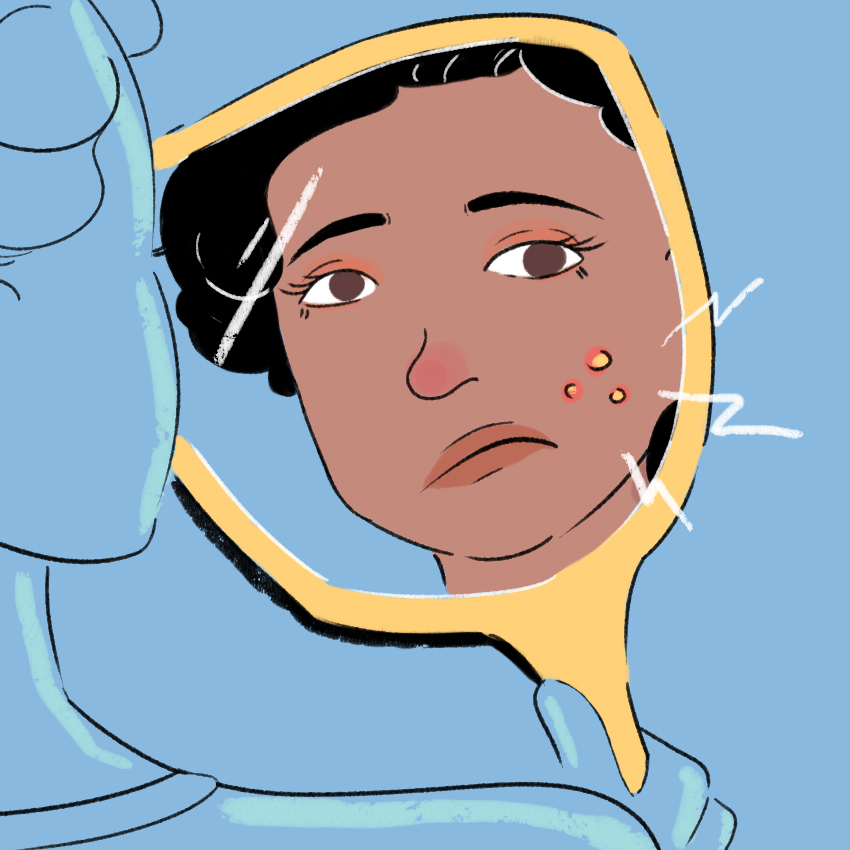
Many people feel an urge to squeeze, pop, and pick at any bumps that show up on their skin. It can be satisfying to see the gunk come out of your face, but popping blemishes just isn't worth the risk.
Every type of bump has different risks involved, but for the most part, picking at your skin causes more damage than just leaving it alone. Whether you're spreading bacteria, causing more inflammation, or creating scars, "popping" bumps is a dangerous practice.
How to Treat Skin Bumps
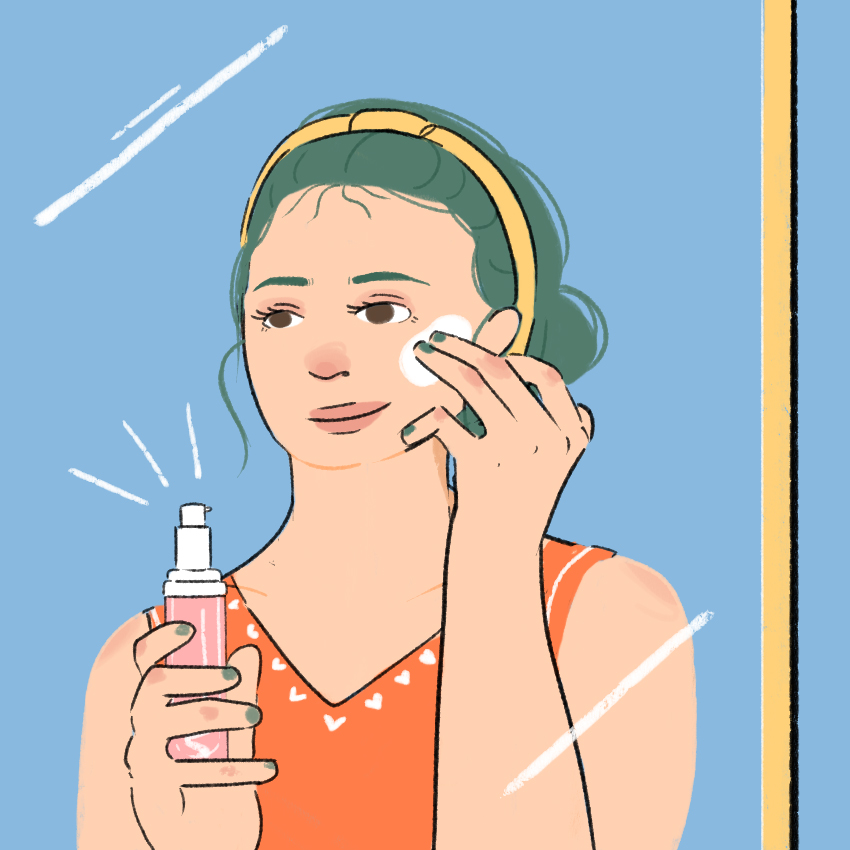
When it comes to treating skin bumps properly, look for over-the-counter medications and skin care products that can help.
Most acne-related bumps can be totally cleared up with drugstore products. If you have serious acne or other non-acne-related bumps, see your doctor for treatment options.
When to See a Doctor

If the bumps on your skin don't go away after a few weeks/months or really start to bother you, it's worth seeing a doctor, who can rule out any more serious problems (like skin cancer) and help find a solution that's good for you.
Treatment will vary depending on the type and severity of skin bump, but you and your doctor can decide what the best option is for your lifestyle.
How to Find a Good Doctor

Of course, finding a doctor can be challenging, especially if this is your first time trying to find a skin care specialist or dermatologist.
One of the best ways to find a good dermatologist is to ask your primary care physician for a recommendation. Another great way to find a dermatologist is to ask your friends — they'll let you know if they've seen someone who helped them before.
If you're ever concerned about any kind of bump that appears on or beneath your skin, it's worth making a doctor's appointment. Better safe than sorry, right?

